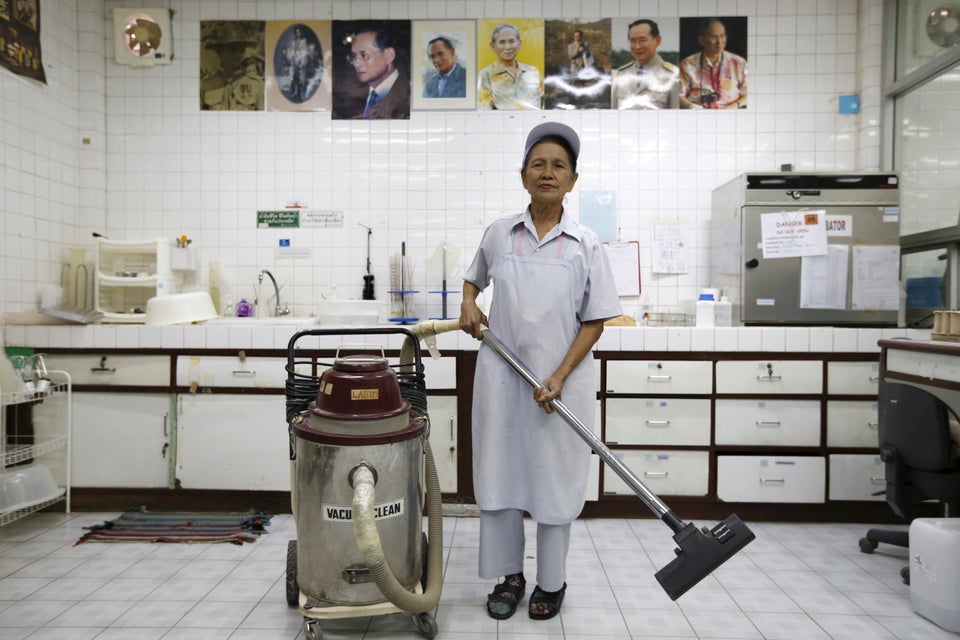When Inside Edition aired a story Tuesday about a California grandmother who, at age 70, just got breast implants, more than a few internet eyebrows were raised.
Linda Prejean, whose website describes her as a motivational speaker and life coach, says she went from a size A to a size D bra cup and is happy with the results. But why, at age 70, have surgery to enlarge your breasts?
Prejean said the question should be “why not?” She added, “I wish I had done it sooner, but now that I’m here it’s never too late.” She underwent the two-hour surgery with the blessings of her family, including her husband Jim.
But as a few netizens pointed out, Prejean already looked much younger than her years and could easily “pass” for someone in their 40s or 50s. Several speculated that she is perhaps no stranger to surgical enhancements and a few flagged her as a Botox user.
Others were supportive, saying the decision is hers and only hers and if it makes her feel good, let it be. One YouTuber called her “brave, tough and strong.” Another said “she looks wonderful with and without the breast implants.”
Prejean, who could not be reached for comment by The Huffington Post, is part of a growing group of people 65 and older who are having “work” done. Part of the reason, aging experts say, is that we still live in a culture where beauty is equated with youth and to age is to somehow “fail.” Ageism in the work place makes it harder for older workers to get and retain jobs, regardless of their skill set. Put that against a backdrop of people living longer and remaining more physically fit later in life, and there is often a disconnect between how they look and how they feel.
According to the American Society for Aesthetic Plastic Surgery (ASAPS), more than 1 million surgical and non-surgical treatments were performed in 2014 on people 65 and older. It’s a number that grew 63 percent from 2009. While every age group over 18 has seen an increase in the number of treatments being performed, the 65-and-older demographic is the only one to see a steady growth in market share since 2005. In 2015, 39,772 eyelid surgeries and 37,632 facelifts were performed on people 65 and older. Doctors report that most of their older patients are between 65 and 75, and that for about 75 percent of them, this is their first venture into the world of plastic surgery, according to the Washington Post.
Some anti-ageism advocates challenge the decision to surgically alter your appearance with the goal of looking younger. They argue that this simply perpetuates ageism as older people try to “pass” and put themselves in a less-discriminated against cohort.
“People are making a calculated decision, trying to escape the stigma of aging and buy a little time, be in the world and not be sidelined because of their appearance,” Bill Thomas, a geriatrician who is trying to push Americans toward accepting old age as a welcome stage of life, told the Washington Post.
And from his website: “These are men and woman who grew up questioning the dominant narrative of the time: sexism, racism, the Vietnam War. They’re looking for a new framework with which to understand aging. They’re looking for a new story to tell. We believe in possibility, change, growth, optimism, spirit and soul. The other side has injections.”
Readers, your thoughts?

